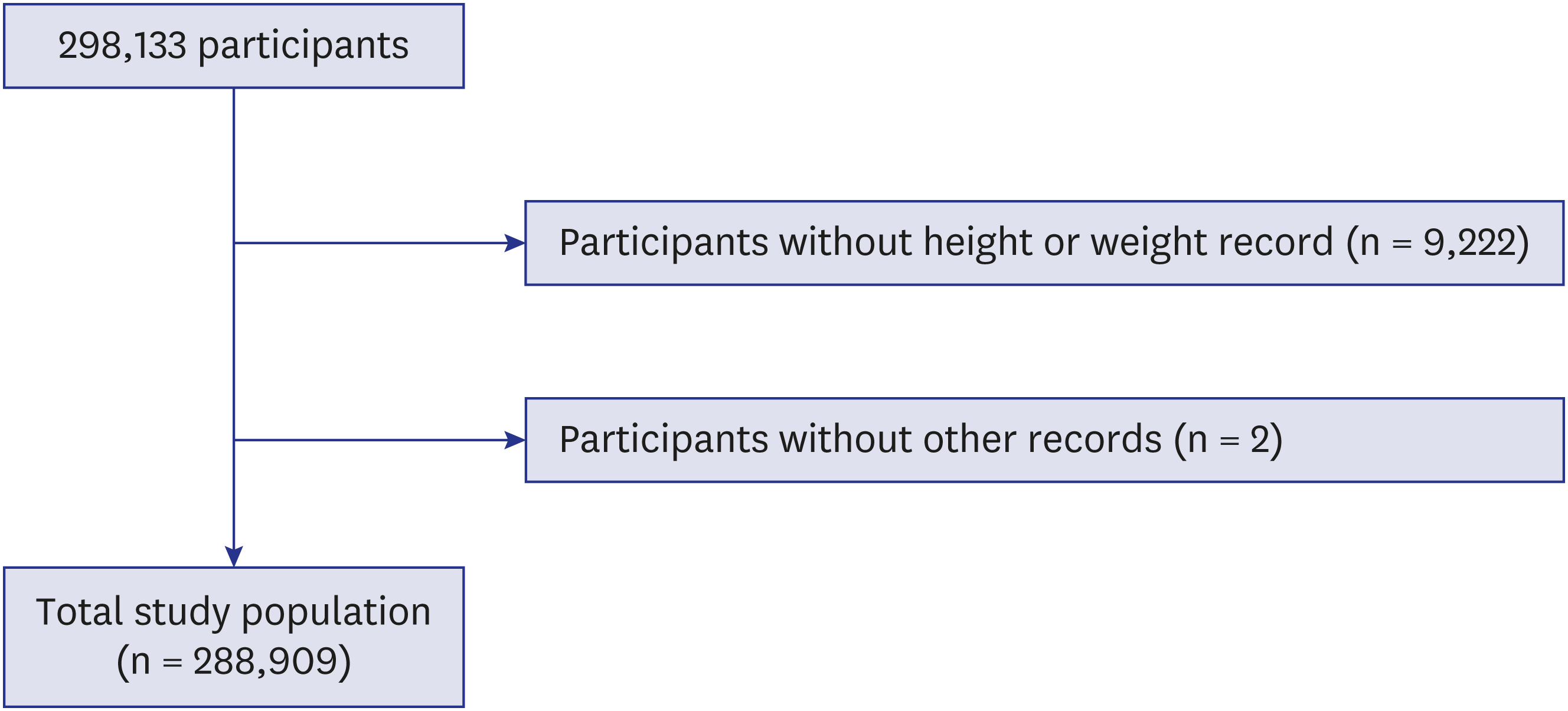1. Smolak L. Body image in children and adolescents: where do we go from here? Body Image. 2004; 1(1):15–28.

2. Duncan MJ, Al-Nakeeb Y, Nevill AM. Body esteem and body fat in British school children from different ethnic groups. Body Image. 2004; 1(3):311–315.

3. Brytek-Matera A. Psychological predictors of body image dissatisfaction in women suffering from eating discorders. Bull Soc Sci Med Grand Duche Luxemb
. Spec No. 2010; 1(1):181–191.
4. Vander Wal JS, Thelen MH. Predictors of body image dissatisfaction in elementary-age school girls. Eat Behav. 2000; 1(2):105–122.

5. Shin NY, Shin MS. Body dissatisfaction, self-esteem, and depression in obese Korean children. J Pediatr. 2008; 152(4):502–506.

6. Calzo JP, Sonneville KR, Haines J, Blood EA, Field AE, Austin SB. The development of associations among body mass index, body dissatisfaction, and weight and shape concern in adolescent boys and girls. J Adolesc Health. 2012; 51(5):517–523.

7. Fabricatore AN, Wadden TA. Psychological aspects of obesity. Clin Dermatol. 2004; 22(4):332–337.

8. Puhl R, Brownell KD. Bias, discrimination, and obesity. Obes Res. 2001; 9(12):788–805.

9. Davison KK, Birch LL. Weight status, parent reaction, and self-concept in five-year-old girls. Pediatrics. 2001; 107(1):46–53.

10. Chng SC, Fassnacht DB. Parental comments: relationship with gender, body dissatisfaction, and disordered eating in Asian young adults. Body Image. 2016; 16:93–99.

11. Fung SS, Stewart SM, Ho S, Wong JP, Lam T. Body dissatisfaction, maternal appraisal, and depressive symptoms in Hong Kong adolescents. Int J Psychol. 2010; 45(6):453–460.

12. Choi E, Choi I. The associations between body dissatisfaction, body figure, self-esteem, and depressed mood in adolescents in the United States and Korea: a moderated mediation analysis. J Adolesc. 2016; 53:249–259.

13. Holliday R, Elfving-Hwang J. Gender, globalization and aesthetic surgery in South Korea. Body Soc. 2012; 18(2):58–81.

16. Wardle J, Haase AM, Steptoe A. Body image and weight control in young adults: international comparisons in university students from 22 countries. Int J Obes. 2006; 30(4):644–651.

17. Bae J, Joung H, Kim JY, Kwon KN, Kim Y, Park SW. Validity of self-reported height, weight, and body mass index of the Korea youth risk behavior Web-based survey questionnaire. J Prev Med Public Health. 2010; 43(5):396–402.

18. Bae J, Joung H, Kim JY, Kwon KN, Kim YT, Park SW. Test-retest reliability of a questionnaire for the Korea youth risk behavior Web-based survey. J Prev Med Public Health. 2010; 43(5):403–410.

21. Neumark-Sztainer D, Story M, Hannan PJ, Perry CL, Irving LM. Weight-related concerns and behaviors among overweight and nonoverweight adolescents: implications for preventing weight-related disorders. Arch Pediatr Adolesc Med. 2002; 156(2):171–178.
22. Wardle J, Cooke L. The impact of obesity on psychological well-being. Best Pract Res Clin Endocrinol Metab. 2005; 19(3):421–440.

23. Kim T, Kim JJ, Kim MY, Kim SK, Roh S, Seo JS. A U-shaped association between body mass index and psychological distress on the multiphasic personality inventory: retrospective cross-sectional analysis of 19-year-old men in Korea. J Korean Med Sci. 2015; 30(6):793–801.

24. Friedman KE, Reichmann SK, Costanzo PR, Musante GJ. Body image partially mediates the relationship between obesity and psychological distress. Obes Res. 2002; 10(1):33–41.

25. Wane S, van Uffelen JG, Brown W. Determinants of weight gain in young women: a review of the literature. J Womens Health (Larchmt). 2010; 19(7):1327–1340.

26. Istvan J, Zavela K, Weidner G. Body weight and psychological distress in NHANES I. Int J Obes Relat Metab Disord. 1992; 16(12):999–1003.
27. Carpenter KM, Hasin DS, Allison DB, Faith MS. Relationships between obesity and DSM-IV major depressive disorder, suicide ideation, and suicide attempts: results from a general population study. Am J Public Health. 2000; 90(2):251–257.

28. Mond JM, Hay PJ, Rodgers B, Owen C, Beumont PJ. Assessing quality of life in eating disorder patients. Qual Life Res. 2005; 14(1):171–178.

29. Furnham A, Badmin N, Sneade I. Body image dissatisfaction: gender differences in eating attitudes, self-esteem, and reasons for exercise. J Psychol. 2002; 136(6):581–596.

30. Kostanski M, Fisher A, Gullone E. Current conceptualisation of body image dissatisfaction: have we got it wrong? J Child Psychol Psychiatry. 2004; 45(7):1317–1325.

31. van den Berg PA, Mond J, Eisenberg M, Ackard D, Neumark-Sztainer D. The link between body dissatisfaction and self-esteem in adolescents: similarities across gender, age, weight status, race/ethnicity, and socioeconomic status. J Adolesc Health. 2010; 47(3):290–296.

32. Kim I, Bahk J, Kim YY, Lee J, Kang HY, Lee J, et al. Prevalence of overweight and income gaps in 245 districts of Korea: comparison using the National Health Screening Database and the Community Health Survey, 2009–2014. J Korean Med Sci. 2018; 33(1):e3.








 PDF
PDF Citation
Citation Print
Print





 XML Download
XML Download